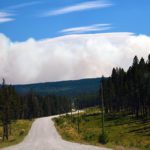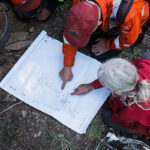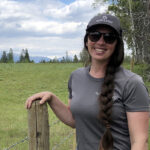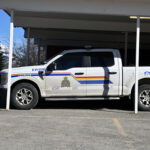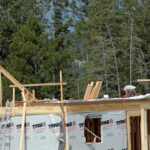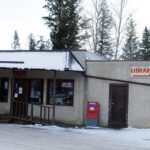Home »

Burning to remove slash on restoration sites
Crews have started burning thousands of small piles of felled trees on ecosystem restoration sites in the East Kootenay and Upper Columbia Valley.
The work is part of the Rocky Mountain Trench Ecosystem Restoration Programs ongoing restoration of grasslands and open forests. Slash piles will be burned at a number of sites in the vicinity of these locations:
– Juniper Heights, between Radium Hot Springs and Invermere
– Toby Benches, west of Wilmer
– Canal Flats, to the west and north above Columbia Lake
– McGinty Lake, east of Kimberley between Hwy 95A and Canadian Rockies Airport
– Eager Hills, northeast of Cranbrook on Hwy 3
– Lake Koocanusa: southwest of Jaffray, west of Elko, and north of Baynes Lake.
An estimated 14,200 piles on 677 hectares of Crown land will be burned between now and March 2012.
Fires are ignited, however, only on days when weather conditions provide for good smoke dispersal, or when test burns indicate minimal smoke production. Burning is carried out by trained crews supervised by a certified burn boss.
The Ministry of Forests, Lands and Natural Resource Operations’ Land Based Investment (LBI) program is funding the work, which is being contracted to qualified companies.
Contracts have been awarded to Purcell Resources, Strategic Silviculture and Debri Resources with another two contracts to be let later this month. Up to 70 people can be employed. The Rocky Mountain Trench Natural Resources Society has been engaged to supervise contractors and their crews.
LBI funding is also paying for trials to test the effectiveness of machine mastication as an alternative to burning slash piles. The intent is to minimize smoke on sites adjacent to residential areas.
With machine mastication, a compact specially equipped tracked vehicle mulches felled trees and scatters debris on the ground. No burning is required.
Trials will also determine if the equipment can mulch and scatter standing trees.
If the method proves successful on 14 hectares of Crown land near Jaffray and in the Cranbrook Community Forest, a mastication contract will be let for an additional 115 hectares.
Slash burning scheduled over the next six months is a continuation of burning that began in 2010, and is the result of an exceptional amount of forest thinning undertaken when federal and provincial job-creation programs were launched to offset the impacts of the last recession.
Grants employed upwards of 150 laid-off forestry and mill workers who hand-thinned thickets of small conifers on ingrown grassland and open forest sites.
Over a 30-month period starting in 2008, nine crews cut and piled trees on about 3,500 hectares of Crown land, private conservation properties, provincial parks and First Nations reserves. Piled trees on about 1,400 hectares were burned in 2010-11. Burning in 2011-12 will complete the project.
For more information on the Rocky Mountain Trench Ecosystem Restoration Program, visit www.trench-er.com.
Susan Bond, Rocky Mountain Trench Natural Resources Society
